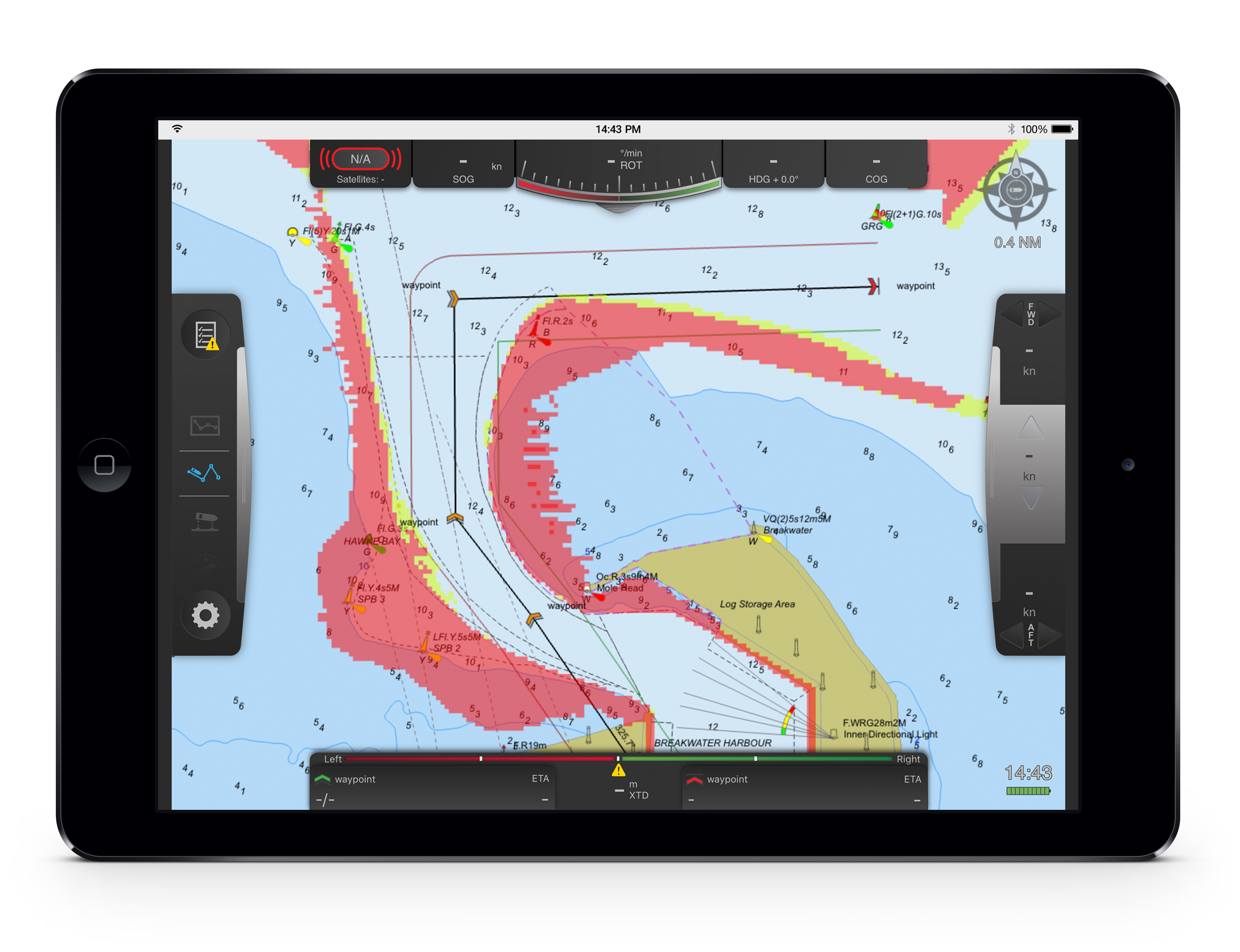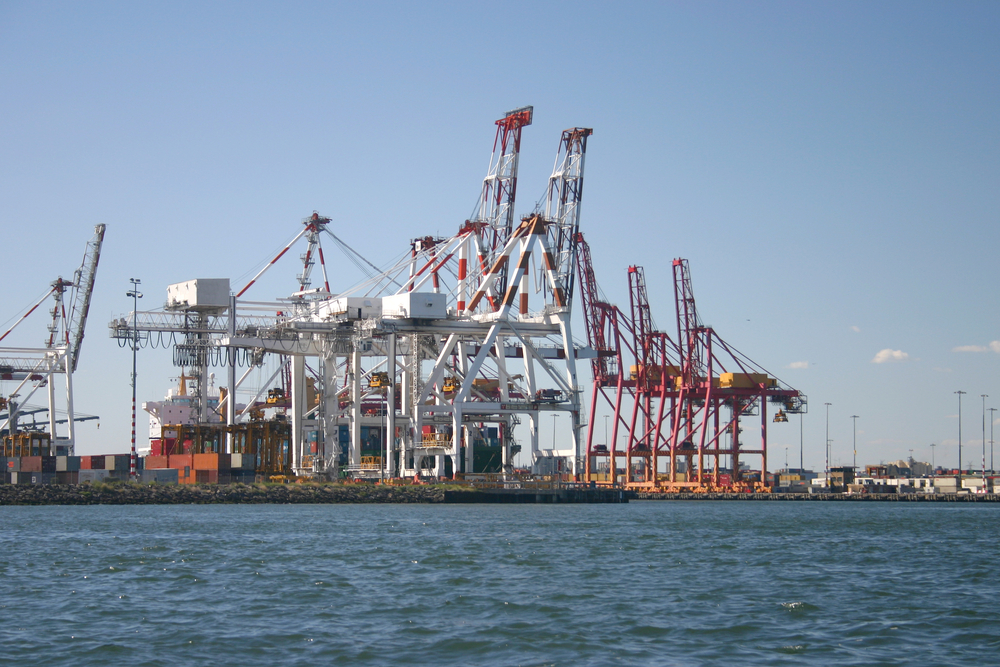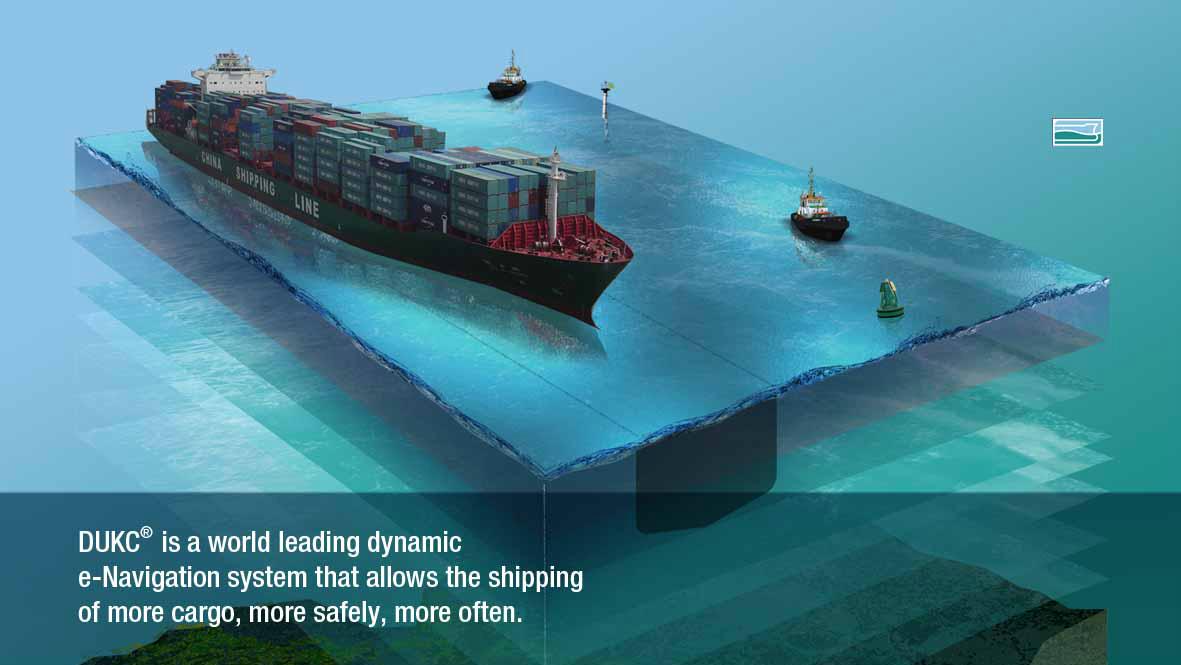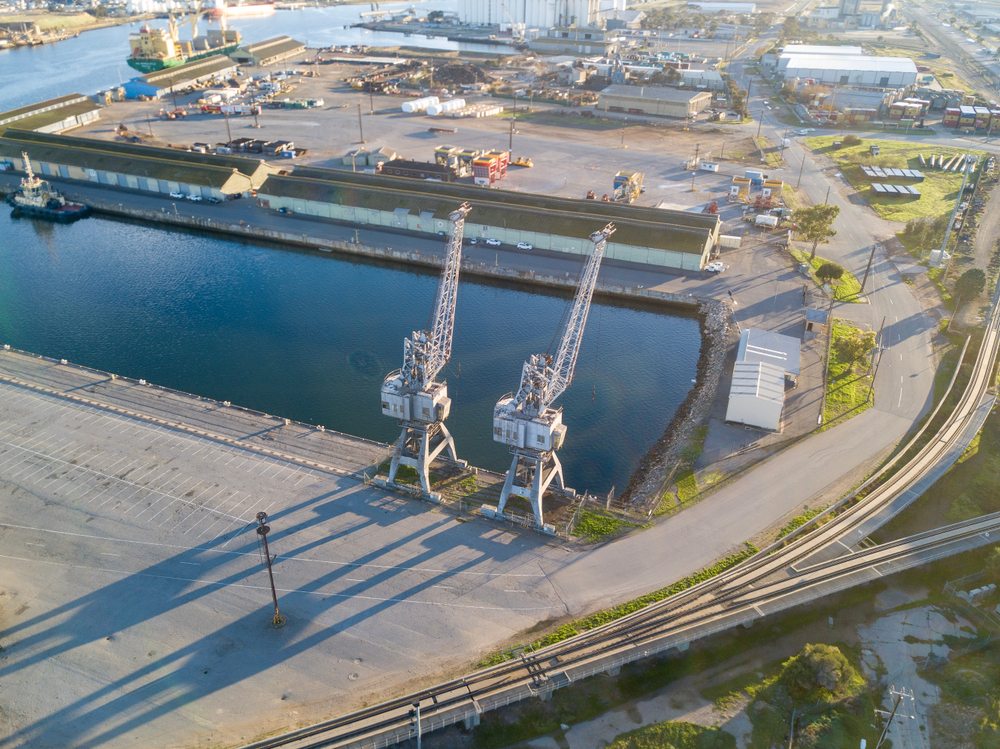In today’s economic climate, ports need to maximise their efficiency while ensuring safety of passage. As vessels increase in size, the dilemma facing many ports is that their existing static underkeel clearance (UKC) rules are inflexible, thus deeper vessels cannot transit without compromising safety. As static rules do not change with the environmental conditions, the actual clearance and the potential of vessel grounding varies on any given day; for this reason static rules need to be conservative. In contrast, dynamic UKC systems, calculate the required UKC depending on the prevailing environmental and vessel conditions; this ensures every transit satisfies appropriate risk standards.
With safety assured, economic and efficiency benefits are realised when conditions allow deeper draughts and/or extended tidal windows. This dynamic information can now be relayed to the pilot, via a chart overlay, to provide real-time 3D displays of the safe navigational areas, thereby ensuring continued safety of navigation.
Click here to read the full article: https://wpstaging.omcinternational.com/wp-content/uploads/2010/06/IALA-ASIM-Conference-2014-Enhanced-Safety-Through-the-use-of-Real-time-Dynamic-Chart-Overlays.pdf




